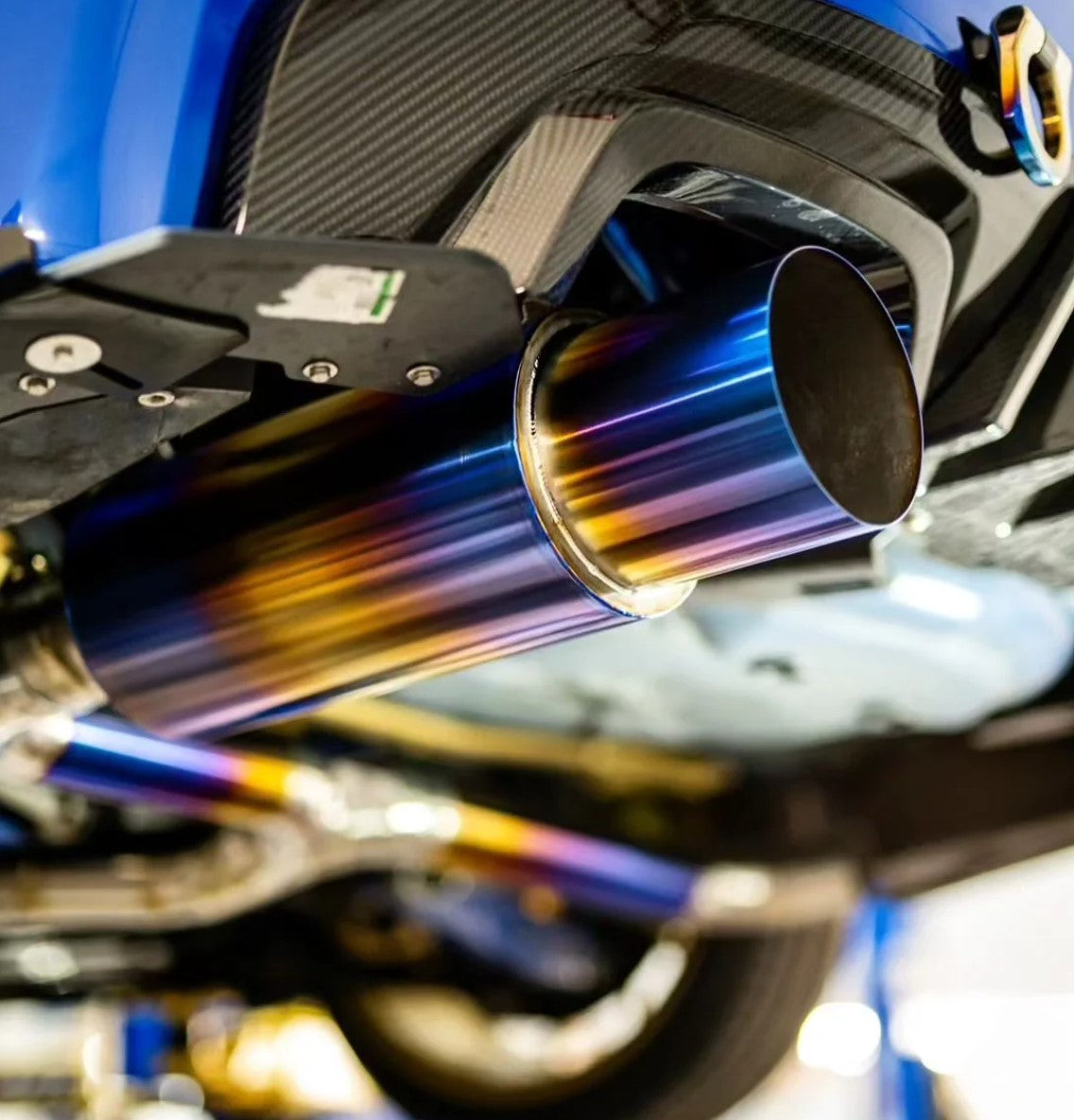
Exploring the Disadvantages and Weaknesses of Carbon Fiber
Tommy QuachCarbon fiber is celebrated for its lightweight properties and exceptional strength, making it a prized material in automotive and racing industries. However, like any material, carbon fiber has its limitations and weaknesses that may warrant consideration. In this insightful guide, we'll explore the disadvantages and weaknesses of carbon fiber in cars, shedding light on how these challenges are managed to deliver high-performance aerodynamic parts.
Weight and Cost Considerations
One of the primary disadvantages of carbon fiber in automotive applications is the cost and manufacturing complexity associated with its production. Carbon fiber composites can be expensive to manufacture compared to traditional materials like steel or aluminum. The intricate manufacturing processes, including fiber layup and resin infusion, contribute to higher production costs, which can translate into elevated prices for carbon fiber components. Additionally, carbon fiber's lightweight nature can sometimes lead to concerns about impact resistance and durability in certain applications, necessitating careful design and engineering to balance weight reduction with structural integrity.
Impact and Fracture Susceptibility
While carbon fiber is renowned for its strength, it can be more susceptible to impact and fractures compared to metals like steel or aluminum. Carbon fiber's composition of woven fibers and resin matrix can exhibit brittle behavior under certain conditions, making it prone to damage from impacts or collisions. However, advancements in composite design, such as incorporating impact-resistant layers or hybrid reinforcements, have helped mitigate this weakness, ensuring that carbon fiber components meet rigorous safety standards.
Environmental Sensitivity
Carbon fiber can be sensitive to certain environmental factors, including prolonged exposure to ultraviolet (UV) radiation and moisture. UV rays can degrade the resin matrix of carbon fiber over time, leading to surface degradation and discoloration. Similarly, moisture absorption can compromise the structural integrity of carbon fiber, causing delamination or weakening of the material. To address these weaknesses, carbon fiber components are often treated with protective coatings or finishes designed to shield against UV damage and moisture ingress.
Complexity of Repair and Maintenance
Repairing damaged carbon fiber components can be more complex and labor-intensive compared to traditional materials. Due to the composite nature of carbon fiber, repairs often require specialized techniques and skills to restore structural integrity and cosmetic appearance. Additionally, routine maintenance of carbon fiber components may involve specific cleaning protocols to prevent damage from environmental contaminants or chemical exposure. Despite these challenges, the durability and performance benefits of carbon fiber justify the investment in proper maintenance and repair procedures.
Electrical Conductivity
Carbon fiber's conductive properties can pose challenges in certain automotive applications, particularly in electric or hybrid vehicles. Carbon fiber components may interfere with electrical systems or electronic devices due to their conductive nature, necessitating additional insulation or shielding measures. However, engineers and designers have developed innovative solutions, such as incorporating non-conductive layers or coatings, to mitigate these challenges and ensure compatibility with modern vehicle technologies.
Compatibility with Traditional Manufacturing Processes
Integrating carbon fiber into traditional automotive manufacturing processes can present compatibility challenges. Unlike metals that can be easily welded or formed, carbon fiber requires specialized techniques such as resin infusion, autoclave curing, or filament winding for production. This can limit the scalability and flexibility of manufacturing carbon fiber components within existing automotive assembly lines. However, advancements in composite manufacturing technologies continue to bridge the gap, enabling seamless integration of carbon fiber into vehicle production.
Design Complexity and Customization
Designing carbon fiber components for automotive applications requires careful consideration of structural integrity, aerodynamics, and manufacturing feasibility. Complex geometries and intricate layup patterns may pose challenges in terms of production efficiency and cost-effectiveness. However, modern design tools and simulation software empower engineers to optimize carbon fiber components for specific performance requirements, balancing design complexity with manufacturability.
Environmental Impact and Sustainability
The environmental impact of carbon fiber production and disposal is another consideration in automotive applications. Carbon fiber manufacturing processes can generate greenhouse gas emissions and consume significant energy and resources. Additionally, recycling carbon fiber composites poses challenges due to the complexity of separating fibers from resin matrices. However, ongoing research and development efforts are focused on improving the sustainability of carbon fiber production and recycling, making it a more environmentally responsible choice for automotive manufacturers.
Advances in Material Science and Engineering
Despite its challenges, carbon fiber continues to evolve as a transformative material in automotive and racing industries. Advances in material science, manufacturing techniques, and design optimization have led to the development of lightweight, durable, and high-performance carbon fiber components. Innovations such as hybrid composites, nano-reinforcements, and automated manufacturing processes are pushing the boundaries of what is possible with carbon fiber, driving its adoption in next-generation vehicles.
Leveraging Carbon Fiber's Potential
In conclusion, while carbon fiber presents certain disadvantages and weaknesses in automotive applications, its transformative properties far outweigh these challenges. Through continuous innovation, collaboration, and investment in research and development, the automotive industry is harnessing the potential of carbon fiber to create safer, more efficient, and environmentally sustainable vehicles. By understanding and addressing the limitations of carbon fiber, manufacturers and enthusiasts can unlock its full potential and propel automotive technology into the future.




